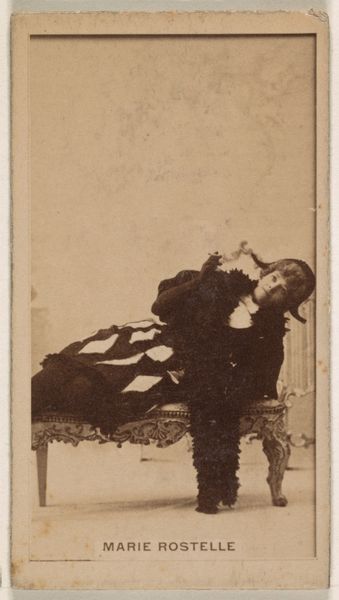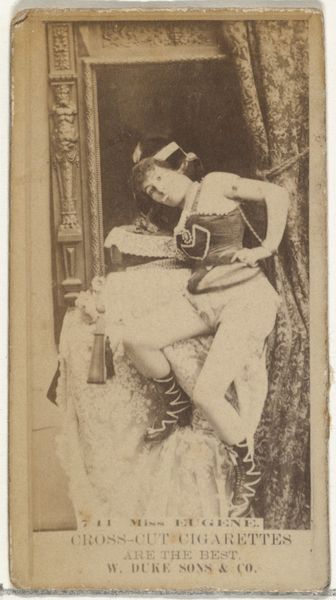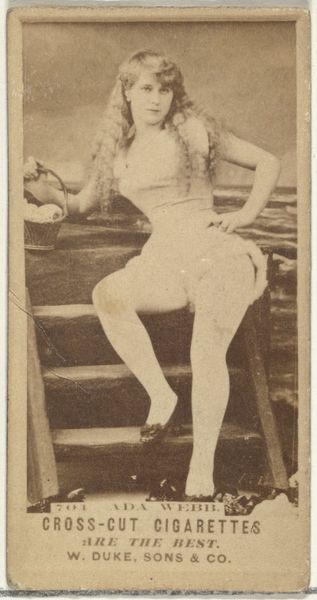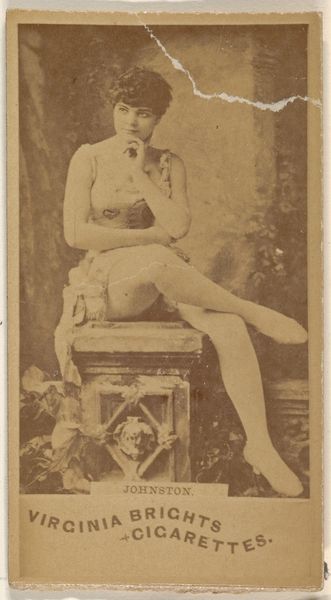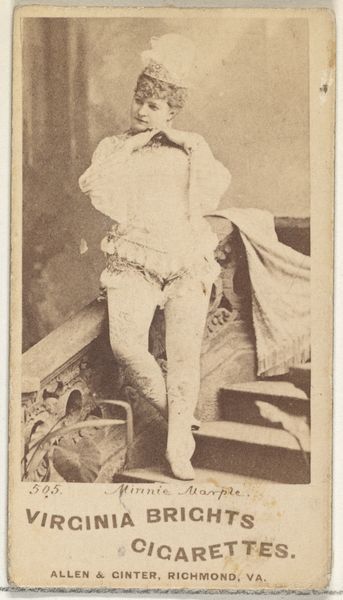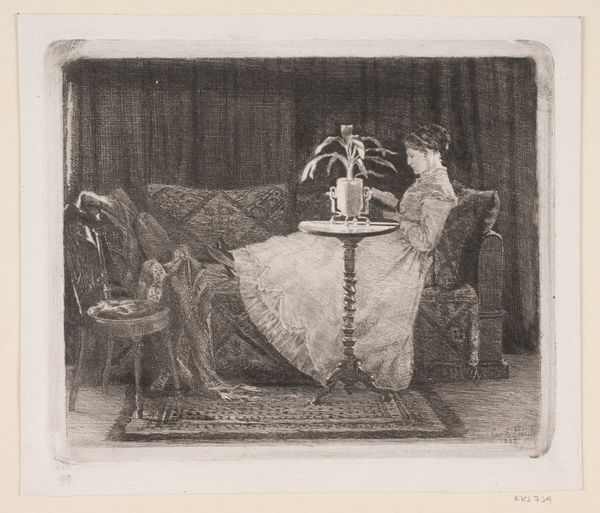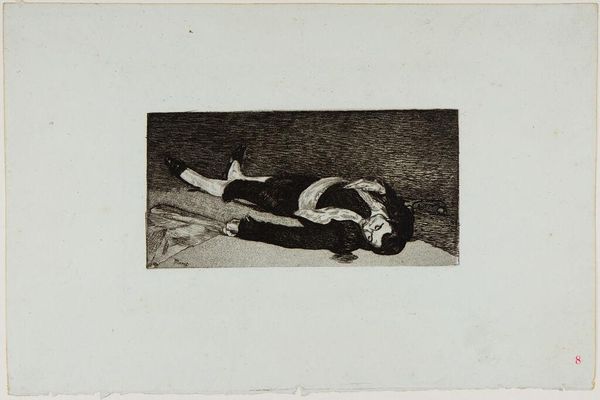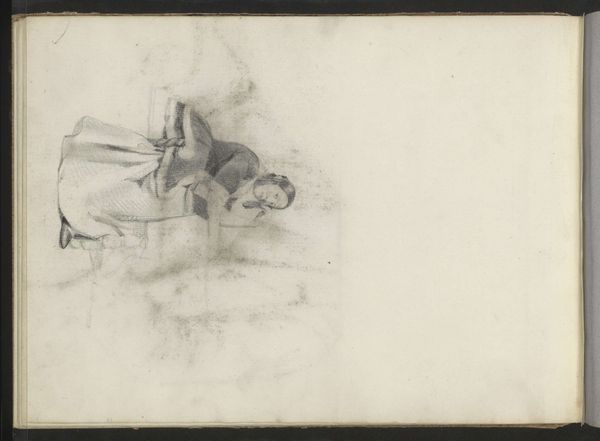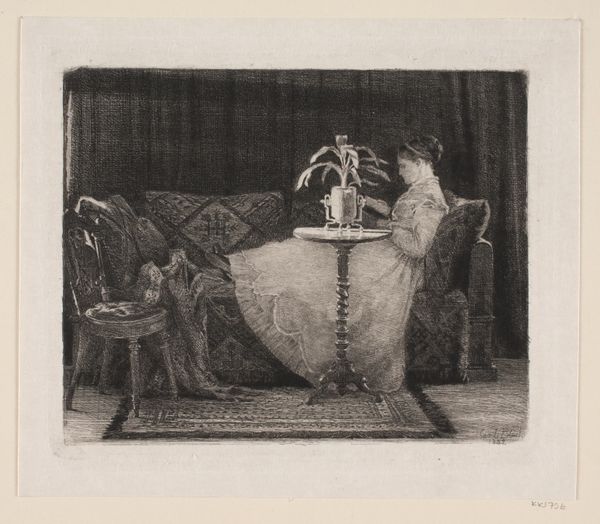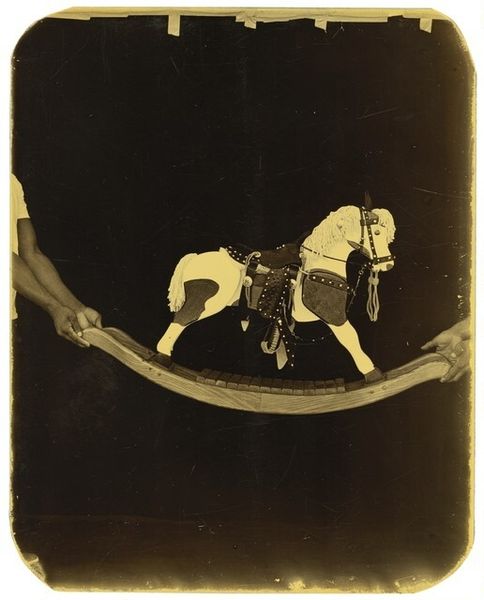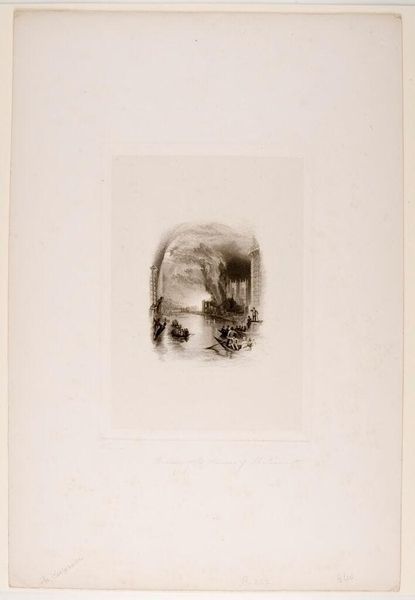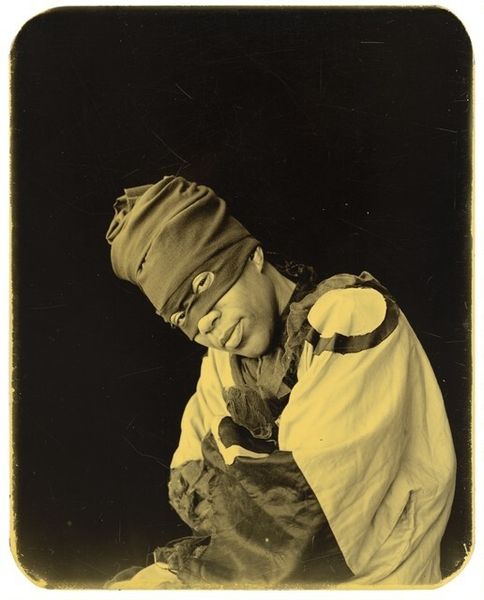
photography
#
portrait
#
still-life-photography
#
photography
Dimensions: image/plate: 12.6 × 10.2 cm (4 15/16 × 4 in.)
Copyright: National Gallery of Art: CC0 1.0
Curator: Deborah Luster took this photograph, "Western Saddle, Angola, Louisiana," in March 1999. The piece is notable for its direct and almost confrontational portrayal of an object deeply connected to the history of American labor and incarceration. What are your first impressions? Editor: Stark, very stark. The saddle is beautiful, almost luminous, set against this inky blackness. It feels both opulent and unsettling, like a ghost in the dark. There’s an immediate tension in appreciating its aesthetic qualities against the context of Angola prison. Curator: Exactly. Luster’s choice of the tintype process—an early photographic technique creating a direct positive on metal—heightens that feeling. The metallic sheen gives it an archaic, timeless quality. And Angola, formerly a plantation, now a prison farm… the saddle becomes a potent symbol. Editor: Absolutely. The still-life photograph becomes more than an object, as its presence here hints at larger narratives. Who was riding it, what kind of labor, and what did freedom—or the lack of it—look like on that farm and in that prison? This speaks to how identity, labor, and place intertwine in shaping lived experiences, especially for marginalized communities. Curator: Considering that the title of the piece makes particular reference to the location of this farm, one wonders about the kind of labor the photograph is implicitly describing. A photo of an old saddle makes it seem like a very dated practice. Does that mean this could also symbolize a nostalgia for a time passed? Or, more accurately, a wish to memorialize those practices in an age of automation? Editor: Perhaps both, but nostalgia can be a dangerous lens if it romanticizes exploitation. I think this image asks us to resist that impulse and to grapple with the difficult truths embedded in our history. We must challenge these images, questioning the cultural and historical significance embedded within each artifact, while actively advocating for inclusivity and visibility in storytelling. Curator: Precisely, prompting critical examination rather than passive consumption. What I find interesting is Luster's capacity to show viewers that everyday objects also carry collective social meaning that is up for questioning, challenging accepted social knowledge and potentially creating alternative viewpoints for people's interpretations of art and the historical narrative of incarceration. Editor: Yes, there's an implicit and almost haunting narrative evoked by such seemingly quotidian still-life artifacts. The photograph seems to offer us questions about how things were. This, and all the things involved that went unseen during labor, life, and leisure on this old and storied land. Curator: Well said, It gives much food for thought on how we examine the symbolic potency of items. Editor: Right! Making you think about more than what meets the eye!
Comments
No comments
Be the first to comment and join the conversation on the ultimate creative platform.
